This gluten-free paska is the result of many tests, trials, and errors. After weeks of baking, I finally was able to create a soft, tangy, and yeasty kulich recipe that holds well together and tastes like the traditional Paska eaten on Easter! no weird ingredients here, only simple and basic gluten-free pantry items to make this delicious Easter cake!

Some cuisines make Paska with orange and lemon juice along with the zest that add a whole new spin to this traditional Eastern European Easter dessert.
In Ukraine and Russia, however, no citrus juices are added, this is why in my recipe, I skip the orange and lemon to make it as Ukrainian as possible!
I do like the citrusy flavor in this traditional Greek Easter tsoureki recipe!
Jump to:
Growing up in Russia and Ukraine, I ate Paska every year as well as this Ukrainian borscht, pelmeni with dill, and occasionally we also enjoyed a good bowl of pierogies!
Ingredients
I wanted to make this recipe as easy as possible. No protein powder, citrus juices, zests, or exotic gluten-free flour types! See the recipe card for quantities.

- Gluten-free flour - I used my rice flour blend for this recipe. You can try using a premade blend without xanthan gum!
- Xanthan gum - helps keep the paska moist and prevents it from crumbling after baking. Leave out xanthan gum if your blend already contains it!
- Sugar - you can increase or decrease the sugar to your liking!
- Eggs - helps moisten and enrich the dough.
- Butter - adds richness and fat to the cake.
- Baking powder - acts as a raising agent next to the yeast.
- Yeast - you can use instant or fresh yeast. I don't recommend using active dry yeast because it needs to be activated before use.
- Milk - use any type of dairy or plant-based milk.
- Raisins - they are traditionally added to kulich and paska but if you prefer, you can leave them out or substitute with other dry fruit!
Substitutes
Gluten-free flour - you can mix your own gluten-free flour or use a premade store-bought blend. I only tested this recipe with my nightshade-free blend listed in the recipe card.
Eggs - I haven't tried this recipe with egg substitutes.
Milk - for a dairy-free version use plant-based milk.
Sugar - use coconut sugar instead.
Xanthan gum - is really important in this recipe. I don't recommend leaving it out or substituting it. You can try using guar gum instead.
Instructions
Top Tip
Boil some water and soak the raisins for 5-10 minutes before mixing the ingredients. This will make the raisins softer and the cake more delicious!
Step 1
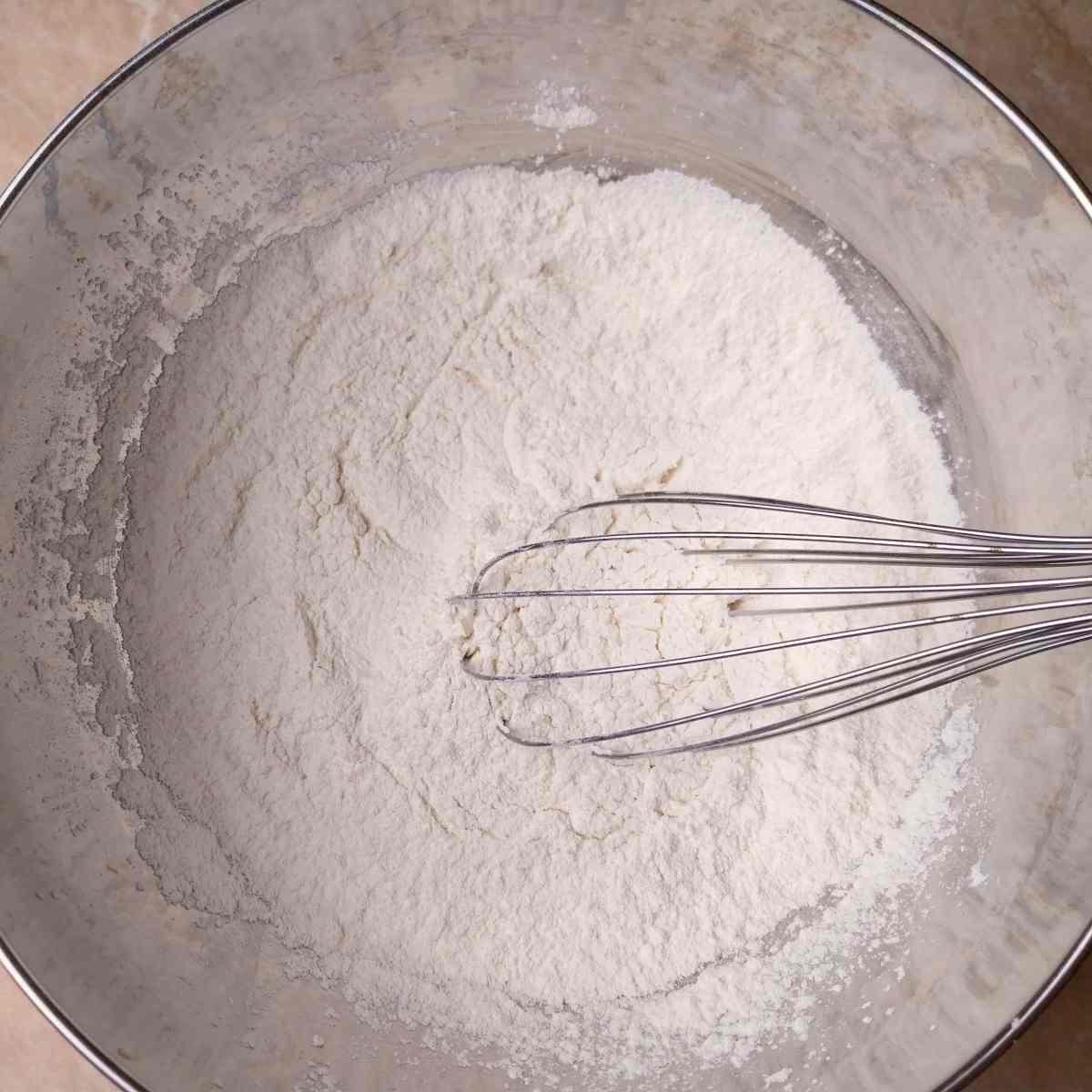
Add the flour, baking powder, xanthan gum, instant yeast, and salt to a large mixing bowl and stir to combine.
Step 2

In another medium-sized mixing bowl add the room-temperature eggs, milk, melted and cooled butter, and sugar.
Whisk until fully incorporated.
Step 3

Finally, add the wet ingredients to the bowl with the dry ingredients and whisk until fully combined.
Add the raisins and stir them with a whisk or a spatula.
Step 4

Grease a Bundt pan with lard, butter, margarine, or non-stick oil spray.
Pour the batter into the tin. The batter will be fairly thin.
Leave the cake to ferment for about 1 hour. The dough won't rise or puff up due to its heaviness but the yeast will significantly add to the flavor.
Preheat the oven to 350F/175C and bake the Paska for 40 minutes. Cover the cake after 30 minutes to prevent burning.
Step 5

Take the kulich out and let it cool in the pan. Carefully remove the cake from the pan and set aside until ready to top with icing.
Step 6

Make the icing by mixing icing sugar and lemon juice. Then, spread the icing on top of the cake with a spoon.
Top with sprinkles for a more authentic experience!
Hint: don't try to ice the paska before it is cooled down or the icing will thin out and pool on the bottom (speaking from experience here!). Enjoy!

Storing and freezing
Store the cake in an air-tight container in the refrigerator or slice and freeze it for up to 3 months.
Warm up Paska in the microwave before serving to make it softer.
To freeze:
- Let Paska cool down completely;
- Slice it and place into freezer-safe bags or containers;
- Squeeze out as much air as possible and seal the bags/containers;
- Label the cake with the date and keep for up to 3 months.
To defrost simply pop a slice into the microwave for 30 seconds!
Top tip
If you aren't planning on finishing Paska within 2 days, I recommend freezing it to keep it fresh, moist, and soft.
Possible add-ins
You can add candied lemon or orange slices along with some crushed nuts (walnuts, almonds, etc.) to add a crunch to the crumb!
FAQ
I haven't tried it in a Pullman loaf pan but I don't see why it wouldn't work!
You can, but your kulich might turn out bigger than the Bundt pan (which isn't a huge problem).
More recipes for Easter!
Here are more delicious ideas to make for the Easter celebration:
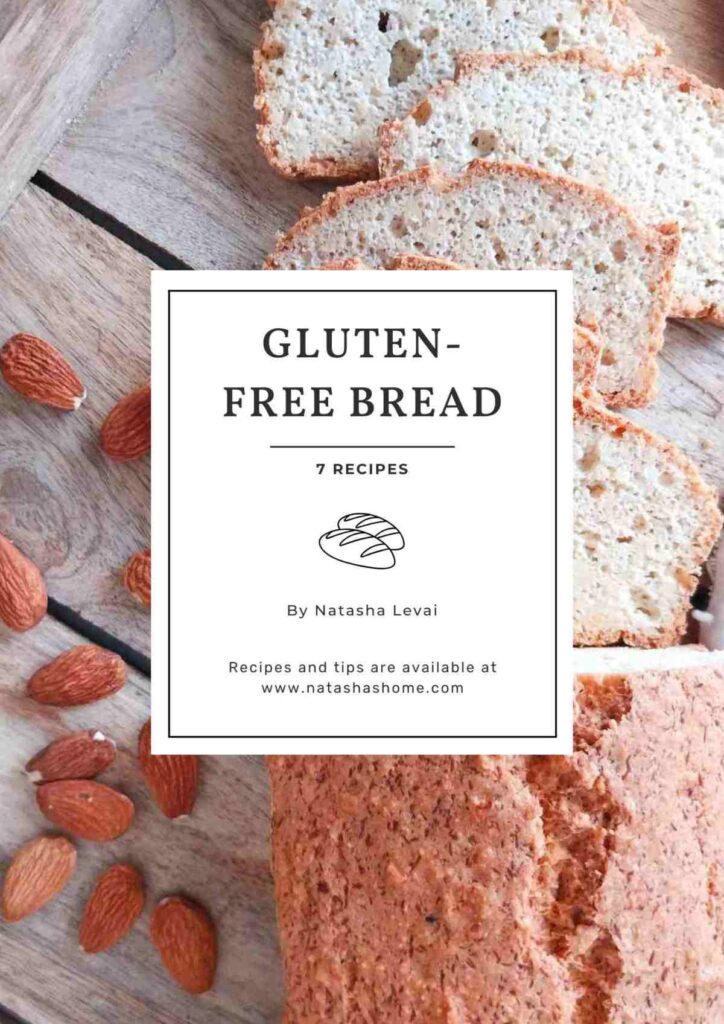
Get my new
Gluten-Free Bread Recipes eBook
The top 7 recipes of 2024!
📖 Recipe
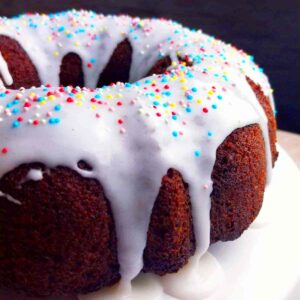
Gluten-Free Ukrainian Paska (Kulich)
Equipment
- 1 Bundt cake pan
Ingredients
Wet ingredients
- 85 grams raisins, optional, can also use candied lemon cubes
- 3 eggs, room temperature
- 100 grams milk, can use plant-based milk
- 140 grams sugar, or coconut sugar
- 50 grams butter, melted and cooled, or use coconut oil for dairy-free
- 7 grams instant yeast, or 20 grams of fresh yeast, don't use active dry yeast
Dry ingredients
- 75 grams rice flour
- 75 grams brown rice flour or sorghum flour
- 75 grams tapioca starch or arrowroot starch
- 75 grams potato starch or cornstarch
- 1 teaspoon xanthan gum, or guar gum
- 2 teaspoon baking powder, read the label to make sure it is gluten-free
- 1 teaspoon sea salt
Instructions
- Add the flour, baking powder, xanthan gum, instant yeast, and salt to a large mixing bowl and stir to combine.
- In another medium-sized mixing bowl add the room-temperature eggs, milk, melted and cooled butter, and sugar. Whisk until fully incorporated.
- Finally, add the wet ingredients to the bowl with the dry ingredients and whisk until fully combined. Add the raisins and stir them with a whisk or a spatula.
- Grease a Bundt pan with lard, butter, margarine, or non-stick oil spray. Pour the batter into the tin. The batter will be fairly thin.Leave the cake to ferment for about 1 hour. The dough won't rise or puff up due to its heaviness but the yeast will significantly add to the flavor. Preheat the oven to 350F/175C and bake the Paska for 40 minutes. Cover the cake with foil (shiny side up) after 30 minutes to prevent burning.
- Take the kulich out and let it cool in the pan. Carefully remove the cake from the pan and set aside until ready to top with icing.
- Make the icing by mixing icing sugar and lemon juice. Then, spread the icing on top of the cake with a spoon. Top with sprinkles for a more authentic experience!
Notes
- Let Paska cool down completely;
- Slice it and place into freezer-safe bags or containers;
- Squeeze out as much air as possible and seal the bags/containers;
- Label the cake with the date and keep for up to 3 months.


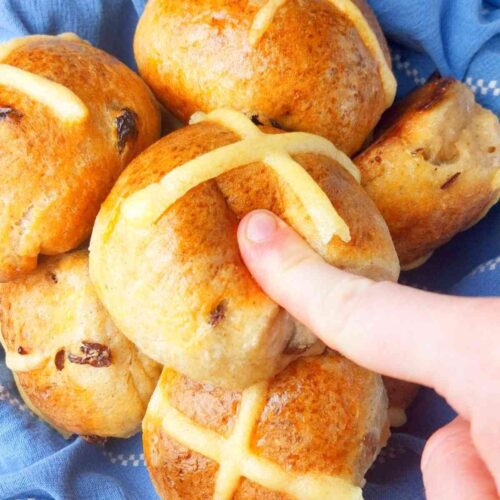
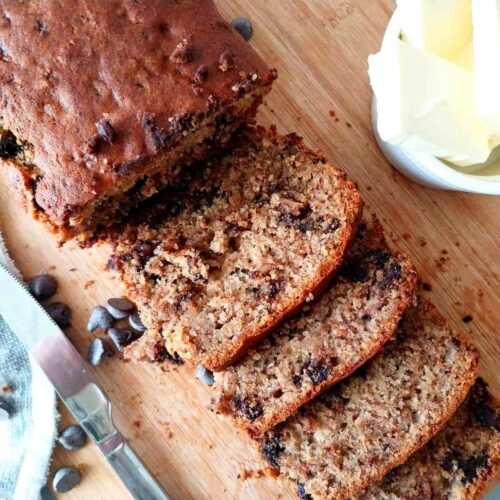

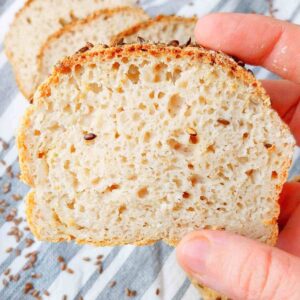
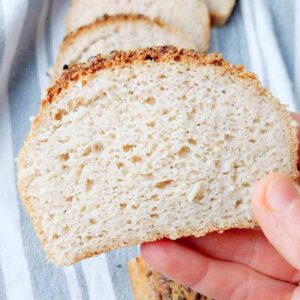
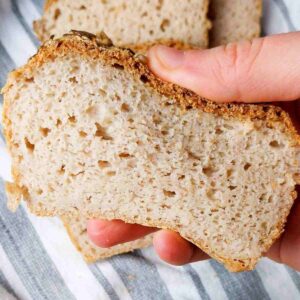
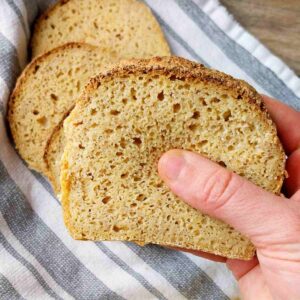
CS
Hi Natasha,
Can this be made in the traditional tall kulich paper liners and/or metal tins?
Natasha Levai
I haven't tried it in the tins and my concern is that it might turn out gummy in a larger pan.
Roberta Wiebe
Do you have any gluten free sugar free bread recipes, thank you
Natasha Levai
I have a lot of gluten free bread recipes here: https://www.natashashome.com/category/gluten-free/gluten-free-bread/
To make them sugar free, simply skip on the sugar or add honey/maple syrup instead. The sugars are primarily added for the yeast to feed on but it is not 100% necessary!
Allison
When are you supposed to add the yeast? I don’t see it mentioned anywhere in the recipe or in the blog post above.
Thank you!
Natasha Levai
Thank you for pointing it out! Just fixed it. You can add instant yeast together with the dry ingredients. If you are using active dry yeast, it needs prior activation which you would need to do by warming up the milk used in the recipe, adding the active dry yeast and some sugar to it and letting it sit for a few minutes until you see bubbles. This is why it is simpler to go with the instant yeast that doesn't require activation!
Allison
Thank you so much! Very excited to have found this recipe!